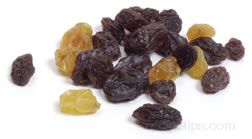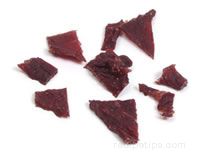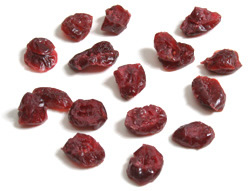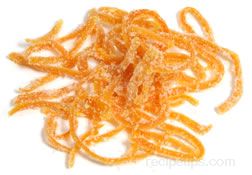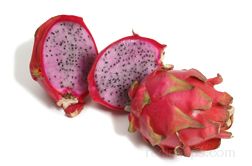Among the most popular dried fruits are apples, apricots, cherries, cranberries, figs, grapes (raisins or currants), mangoes, peaches, pineapples, and plums (prunes). Green grapes are commonly processed into golden raisins or black raisins. Zante grapes are dried and referred to as currants. Dried fruit can be eaten individually as a snack or added to other foods such as mixed nuts and grains to be eaten out of hand. Dried fruit can also be added to fresh fruit when preparing baked items such as pies and cakes or savory dishes. The addition of the dried items enhances the taste and sweetens the flavor.
Loading
Dried Fruit
Any fruit that has been dehydrated (dried) in order to extend the shelf life and to concentrate the flavor or sweetness. Some fruits are dried and processed with chemicals to extend their shelf life, such as apricots that have sulfur added in order to reduce oxidation and maintain their bright colored appearance. Unsufured apricots display a brown tone rather than the bright orange to yellow coloring of sulfured apricots. In addition to preservatives, some of the fruits may have sweeteners added to reduce any tart taste of the fruit.
USDA Nutrition Facts | |||||||||||||||||||||||||||||||||||||||||||||||||||||||||
|
|||||||||||||||||||||||||||||||||||||||||||||||||||||||||
There currently aren't any reviews or comments for this term. Be the first!
Advertisement
Advertisement

